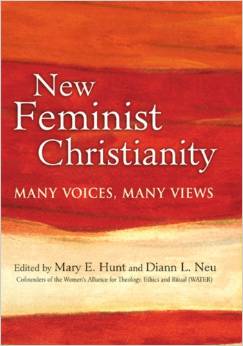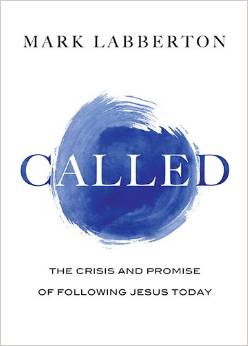Seminary education as we know it is a relatively recent phenomenon. It was only at the Council of Trent, called by the Catholic magesterium primarily to fight nascent Protestantism, that the seminary was invented. In the 23rd session, on July 15, 1546, the Council decreed that seminaries be established and start admitting boys as young as 12:
Besides the elements of a liberal education, the students are to be given professional knowledge to enable them to preach, to conduct Divine worship, and to administer the sacraments.
Not long after, the young Protestants followed suit, and since then we’ve had residential seminaries — not unlike other universities and graduate schools.
But for the 15 centuries prior to the Council of Trent, clergy were trained otherwise. How?, you ask. I’ll tell you:
The pre-Tridentine church trained its leaders via mentoring and internship.
Augustine is a great example. When he was bishop of Hippo, invited potential priests into his house; he lived with them, and they with him. Here’s how the Catholic Encyclopedia describes it:
St. Augustine established near the cathedral, in his own house (in domo ecclesiœ), a monasterium clericorum in which his clergy lived together. He would raise to Holy orders only such as were willing to unite the community life with the exercise of the ministry. In a few years this institution gave ten bishops to various sees in Africa. It was, however, rather a clergy house than a seminary.
I spent three years at seminary, and I was invited to eat in the houses of exactly three professors: Bob Guelich, Nancey Murphy, and Jim McClendon. I played intramural softball with a couple other professors. But none — other than Guelich, with whom my parents had been friends for years — did I establish a deep relationship.
The only seminary professor I’ve ever seen in his pajamas is Miroslav Volf, who invited me to stay with him when he taught in Croatia in 1993. (That’s a story for another day.)
In the past week, all ten DMin students in Christian Spirituality cohort have seen me in my pajamas. They’ve thrown sticks for my dog, and they’ve broken bread with my spouse. They’ve gotten to know me, and I them. The professor-student relationship has been recast, and the barriers inherent in those roles have — I hope — been at least partially torn down.
Leading an ecclesial community is not like leading a business or teaching in a public school or being a social worker or marriage therapist. Being a pastor is, I daresay, a unique vocation, and it demands a unique training.
It demands, I think, a shared life between “student” and “teacher.” And, I daresay, that doesn’t usually happen in the forensic environment of the traditional classroom.
What has been your experience with shared life in education?
Part One | Part Two | Part Three | Part Four | Part Five











